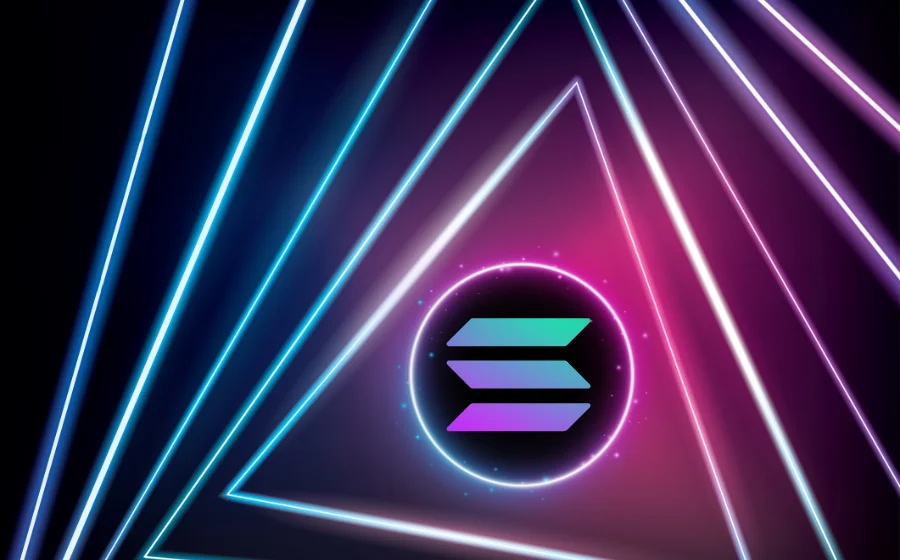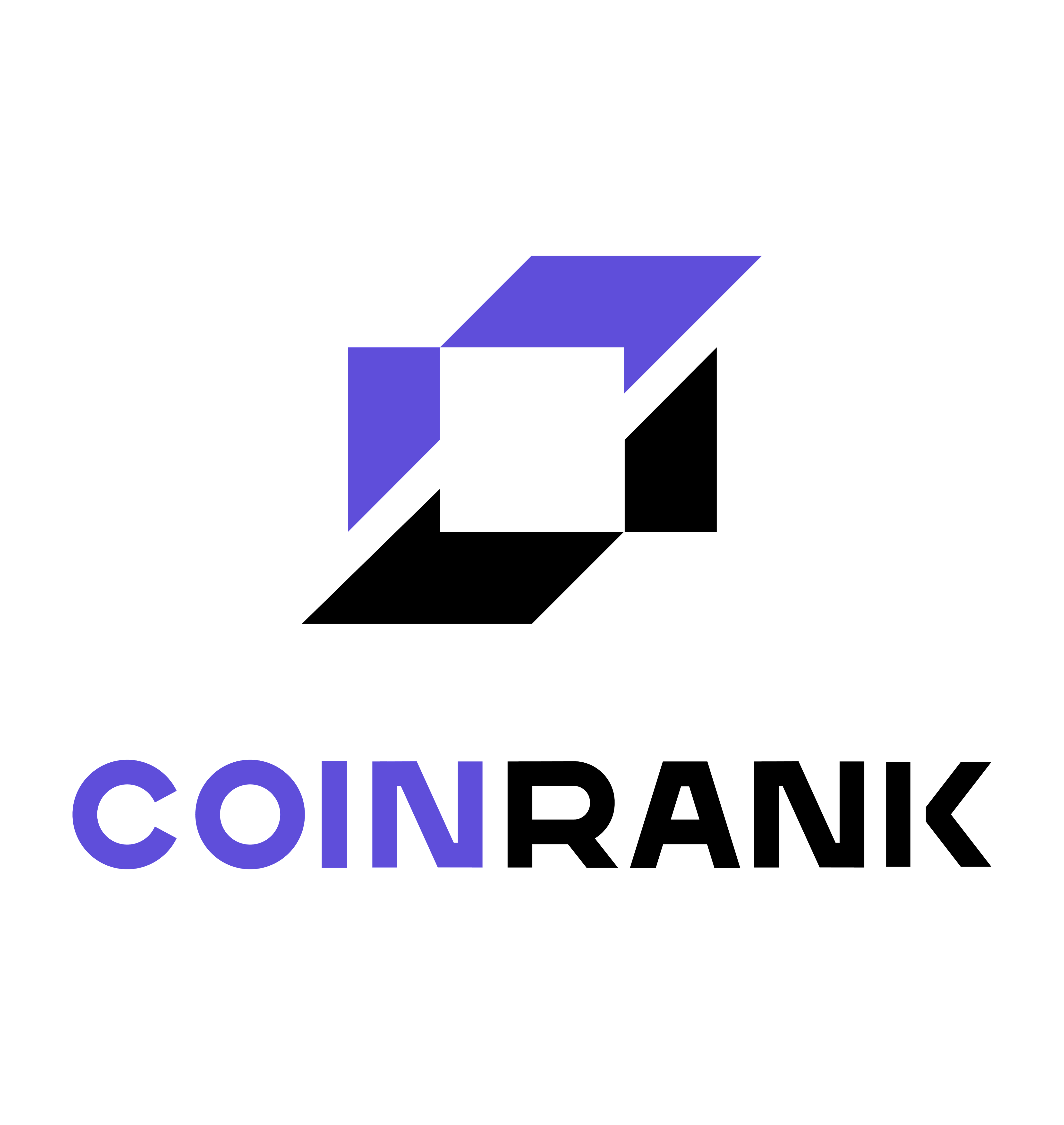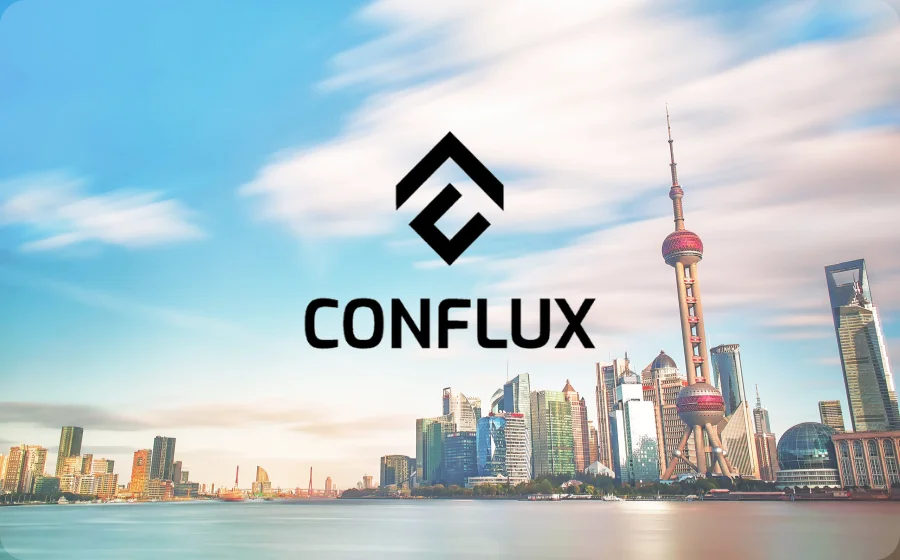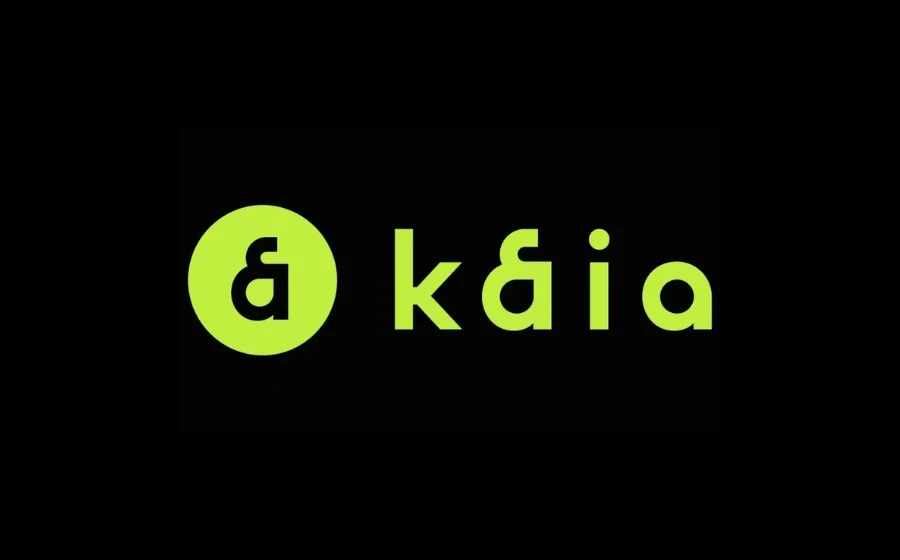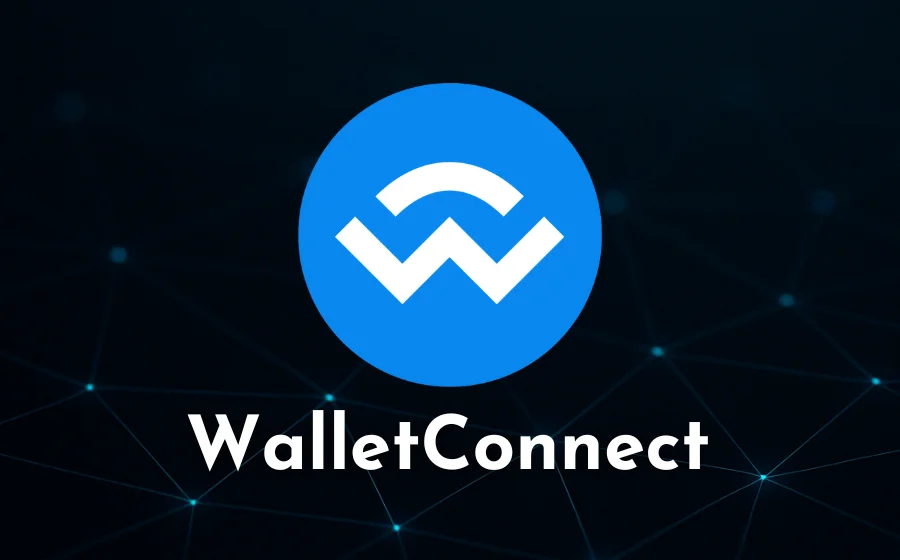
KEYTAKEAWAYS
- WalletConnect (WCT) is a decentralized Web3 infrastructure that supports secure, cross-chain communication between wallets and applications using end-to-end encryption and global relay nodes.
- The WCT token plays a central role in governance, staking, fee payments, and ecosystem incentives — supporting sustainable protocol growth and community participation.
- Future developments like permissionless nodes, DAO governance, and token-based fees aim to further decentralize WalletConnect and increase real-world demand for WCT.

CONTENT
WalletConnect (WCT) is a chain-agnostic protocol enabling secure wallet-to-DApp connections across ecosystems. Its native token WCT powers governance, staking, and network incentives.
WHAT IS WALLETCONNECT (WCT)?
In the fragmented world of multi-chain Web3, seamless communication between wallets and decentralized applications (DApps) has long been a challenge. WalletConnect (WCT) steps in as a critical layer of infrastructure, powering a more unified and accessible blockchain experience across ecosystems.
Launched in 2018, WalletConnect has become the industry standard for securely connecting wallets to DApps. It serves as a chain-agnostic UX protocol, allowing users to interact with any decentralized platform using any wallet — whether on Ethereum, Layer 2 networks, Solana, Cosmos, Polkadot, or even Bitcoin.
1/ Are you ready?!@okx is listing $WCT 👀
WCT deposits will open at 10:00 UTC | April 15
WalletConnect is proud to partner with OKX 🙌 https://t.co/CL4q0ylkHC pic.twitter.com/A0bm5VpjUJ
— WalletConnect (@WalletConnect) April 8, 2025
To date, WalletConnect has facilitated over 150 million connections, supporting more than 24 million users, 600+ wallets, and over 40,000 applications across the crypto space.
The power of WalletConnect lies in its cross-chain interoperability and robust privacy architecture. It employs end-to-end encryption and a decentralized database structure based on Merkle hash trees, ensuring data security across devices. Combined with a global service node network, it enables smooth wallet-to-app connections through QR code scanning or deep linking — significantly improving both the user experience (UX) and developer experience (DX).
In short, WalletConnect (WCT) isn’t just a connector — it’s the backbone of secure, cross-platform interaction in Web3, pushing the industry closer to a truly open and user-friendly internet.
>>> More to read: WalletConnect: A Bridge to the Web3 World
HOW WALLETCONNECT (WCT) WORKS
WalletConnect (WCT) is more than just a bridge between users and decentralized applications (DApps) — it’s a privacy-first, security-focused, and scalable communication protocol designed to power seamless Web3 connectivity. At its core, WalletConnect is built on 4 key technical pillars:
✅ Cross-Chain Compatibility
WalletConnect is designed to be chain-agnostic — it doesn’t rely on any single blockchain. Instead, it offers a unified interface that supports seamless wallet-to-app connections across Ethereum, Solana, Cosmos, Bitcoin, and more. This eliminates the complexity for users when switching between different chains.
✅ End-to-End Encryption
All communication through the Relay Service is fully encrypted. Sensitive data like wallet addresses and transaction hashes are protected during transit, and even the relay nodes themselves cannot access the content. This guarantees user privacy and reinforces protocol-level security.
✅ Decentralized Data Layer
To avoid single points of failure and support global scalability, WalletConnect uses Rendezvous Hashing to implement a permissionless, decentralized database layer. This approach ensures high availability, stability, and consistent performance across a distributed network.
✅ Service Nodes and Gateway Nodes
The WalletConnect architecture includes two main types of nodes. Service nodes manage the storage layer, while gateway nodes serve as access points between wallets and applications. Together, they form a decentralized network that enhances both reliability and performance.
>>> More to read: Crypto Wallet Recovery | Secure Your Assets
WHAT IS THE WCT TOKEN & WHAT IS IT USED FOR?
The WCT token is the native utility and governance token of the WalletConnect network, launched on the Optimism Layer 2 mainnet. It combines the security of Ethereum with the high-speed performance of Optimism, and plays a central role in decentralization, incentives, and the long-term sustainability of the ecosystem.
Here are the key use cases of WCT:
✅ Governance Rights
Holders of WCT can participate in on-chain governance, voting on important proposals such as fee structures, technical upgrades, and ecosystem funding. This ensures that the direction of the protocol is led by the community.
✅ Staking
Users can stake their WCT tokens to earn rewards. Lock-up periods range from 1 week to 2 years — the longer the commitment, the higher the rewards. Staking also helps strengthen the network’s security and stability.
✅ Incentive Mechanism
17.5% of the total token supply is allocated for ecosystem rewards. These go to node operators (based on uptime and performance), high-quality wallets, and developer teams — incentivizing better services across the board.
✅ Protocol Fees
As the WalletConnect network matures, applications and SDKs using relay services may be subject to service fees — potentially based on metrics like monthly active users (MAUs). These fees will be paid in WCT, ensuring a sustainable and self-sufficient economic model.
📌 WCT Tokenomics
WCT has a fixed maximum supply of 1 billion tokens, with no initial inflation. Here’s the breakdown of its distribution:
- Core Development (7%): Reserved for protocol and module upgrades.
- Incentive Pool (17.5%): Used for staking and performance-based rewards.
- Airdrop (18.5%): Seasonal airdrops for users, wallets, and node participants. The first round distributes 50 million tokens and can be claimed before October 18, 2024.
- Team & Early Supporters (18.5% + 11.5%): Locked for 4 years with a 1-year cliff, then linearly vested.
- WalletConnect Foundation (27%): Dedicated to partnerships, grants, and long-term ecosystem development.
While the current supply is fixed, the community may vote to introduce an inflation mechanism in the future through governance — though no such plan is expected within the next 3–4 years.
>>> More to read: Post-Mortem of the OM Token Crash: What Happened and What We Can Learn
WALLETCONNECT FUTURE OUTLOOK
The future of WalletConnect is centered on evolving into a truly decentralized infrastructure layer for Web3. Several major upgrades are planned to reinforce this direction:
🔧 Permissionless Node Infrastructure
Anyone will be able to run a service node, improving decentralization and reducing reliance on centralized operators.
🛡️ Auditor Nodes
A new class of auditor nodes will be introduced to evaluate the performance of service nodes and ensure high-quality service delivery across the network.
💸 Token-Based Fee Model
Applications and SDKs will begin paying fees in WCT based on usage (e.g., by monthly active users), creating sustained demand and real-world utility for the token.
🗳️ DAO Governance
Control of the protocol will gradually transition to the community through a decentralized autonomous organization (DAO), which will oversee node elections, protocol upgrades, and budgeting.
📌 Market Outlook
Given WalletConnect’s dominant position in the Web3 infrastructure space and the central role of WCT in governance, staking, and incentives, many analysts are optimistic about its price trajectory:
- Short-Term (Initial Launch Phase): With high liquidity and community attention, WCT could surge to around $1.59, driven by ecosystem momentum.
-
Long-Term (By End of 2025): If cross-chain adoption accelerates and WalletConnect becomes more deeply embedded in Web3 UX flows, WCT could potentially reach $3.24, establishing itself as a core utility token in the decentralized ecosystem.
📌 Conclusion
As Web3 scales and multi-chain interoperability becomes essential, WalletConnect is strategically positioned to lead this transformation. The WCT token isn’t just a governance or reward mechanism — it’s the economic backbone of a growing decentralized network. With its real utility, evolving infrastructure, and strong community foundation, WCT stands as one of the most promising assets in the next phase of Web3 adoption.




